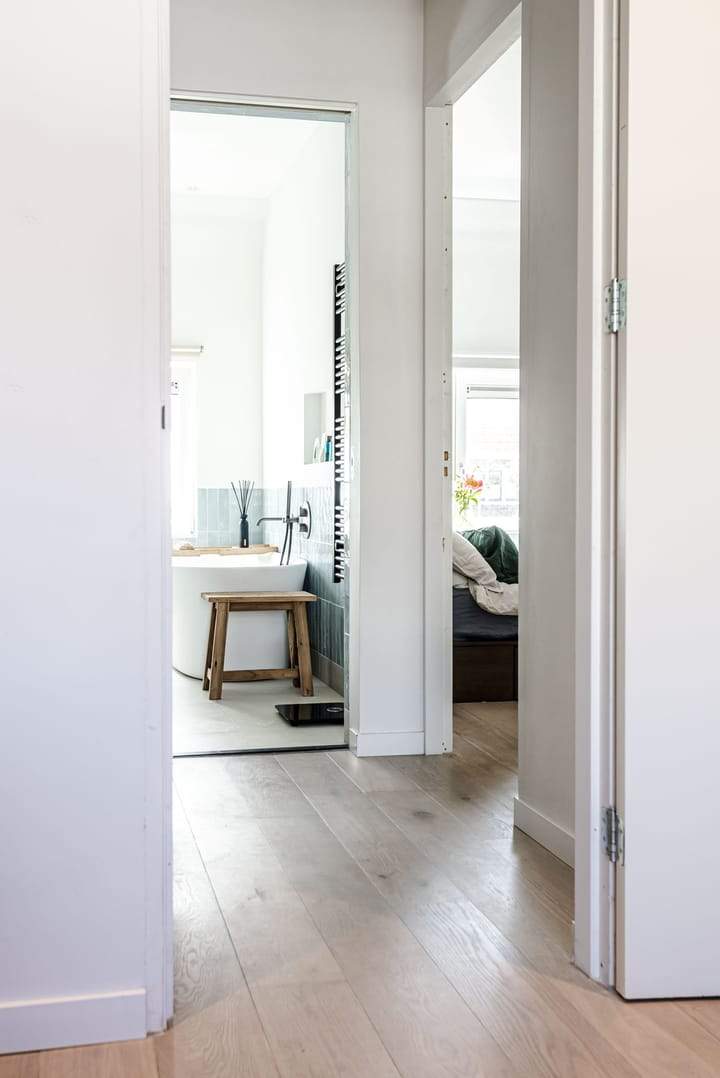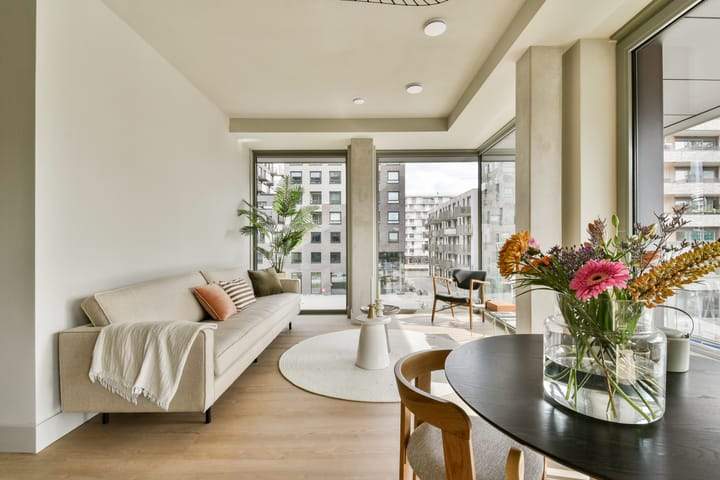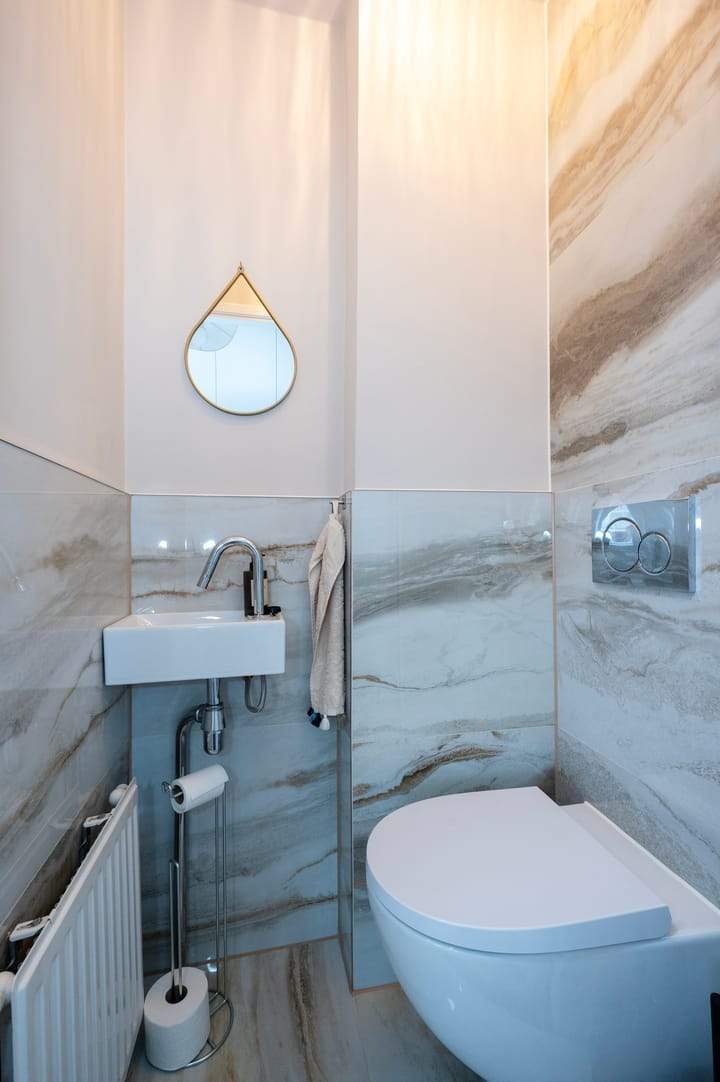Compliance with the 'Bouwbesluit'
The safety of railings (balustrades and hekwerken) on balconies, roof terraces, and along open-sided floors or stairs is not a matter of the landlord's discretion; it is strictly regulated by the national Bouwbesluit (Building Decree). This is a comprehensive set of technical regulations that all buildings in the Netherlands must adhere to. The landlord or VvE has an absolute legal responsibility to ensure that all railings on their property are, and remain, in full compliance with these safety standards. A non-compliant railing is considered a serious defect (ernstig gebrek) and a major safety hazard.
Key Legal Safety Requirements
The Bouwbesluit specifies several critical safety criteria for railings designed to prevent falls. 1. Height: The railing must have a minimum height, which is typically 1 meter for existing buildings and can be up to 1.2 meters for new constructions, especially at greater heights. 2. Apertures (Gaps): For any railing protecting an area with a fall height of more than 1 meter, the openings or gaps between vertical bars must be no wider than 10 centimeters to prevent small children from squeezing through. 3. Climbability: The design of the railing must not be easily climbable by young children. This means that horizontal bars that can be used like a ladder are generally not permitted. 4. Structural Strength: The railing and its anchor points must be able to withstand a specified amount of horizontal force to ensure it does not fail if someone falls against it.
The Landlord's Absolute Liability
There is no ambiguity in this area: the landlord is fully and absolutely liable for ensuring compliance. If a tenant notices that a railing seems too low, has wide gaps, or feels unstable, they should report this to the landlord in writing immediately. If the landlord fails to act, the tenant can report the unsafe situation to the building inspection department (Bouw- en Woningtoezicht) of their local municipality (gemeente). The municipality has the power to inspect the property and can legally compel the landlord to rectify any non-compliant and dangerous situations.


















